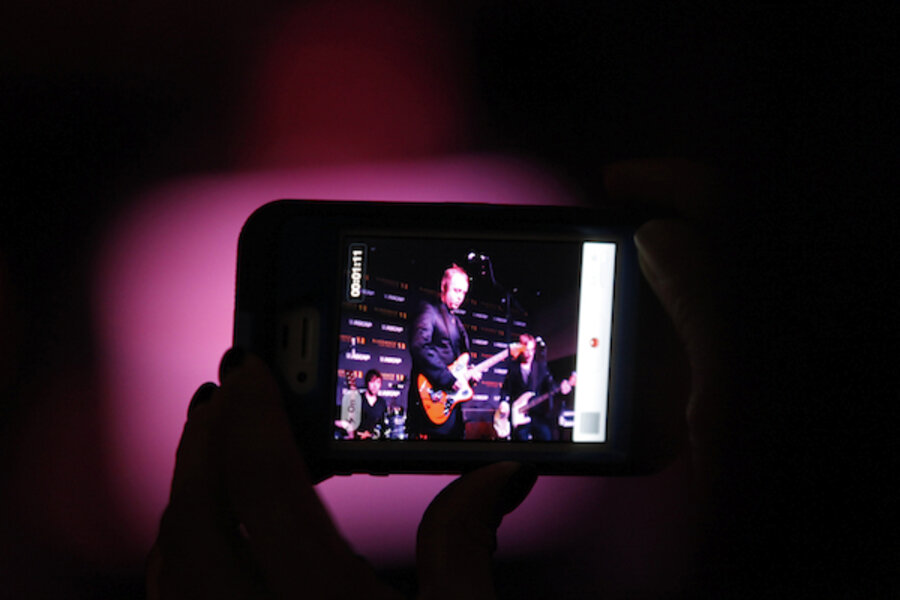iPhone on Sprint: Great for sales, terrible for profits
Loading...
The Apple iPhone was the top-selling smartphone of the last quarter, according to a new report from the International Data Corporation – the king of a smartphone market that has expanded by as much as 55 percent over the past year. It makes sense, therefore, that a company such as Sprint, which recently began selling the iPhone, would see a major hike in profits.
But as several outlets have reported this afternoon, the situation isn't quite that simple. Consider the Q4 numbers posted by Sprint: 1.8 million iPhones sold, to a record number of first-time customers. At the same time, since Sprint must subsidize the cost of every iPhone, Sprint's subsidy costs have also soared, to the tune of $1.7 billion over the course of the last quarter of 2011.
"The dilemma is that the more iPhones sold, the bigger the near-term hit," Roger Cheng of CNET writes today. CNN frames the whole thing a little more starkly: "Subsidies almost single-handedly devastate profit margins" for carriers, CNN reporter David Goldman argues. Sprint, for its part, has noted that the Q4 sales beat expectations; in a conference call, Sprint CEO Dan Hesse called the iPhone launch "very successful."
Is he right? Even in the face of those subsidy costs, was Sprint correct to pen a deal with Apple? Yes, says Larry Dignan of ZDNet. "It’s too early to tell after one quarter, but it’s quite possible that Sprint didn’t have a choice," Dignan writes. "Why? The iPhone represented table stakes for Sprint. If the company was going to be a player it needed the iPhone."
Not convinced? Refer back to the beginning of this post: The iPhone is the most dominant smartphone on the market right now. (Android technically has a larger share of US smartphone users, but Android doesn't have a single blockbuster device, which serves as a magnet for sales.) Sprint couldn't very well turn down a chance to sell the handset, especially if it wants to continue to vie with Verizon Wireless and AT&T.
For more tech news, follow us on Twitter @venturenaut. And don’t forget to sign up for the weekly BizTech newsletter.





